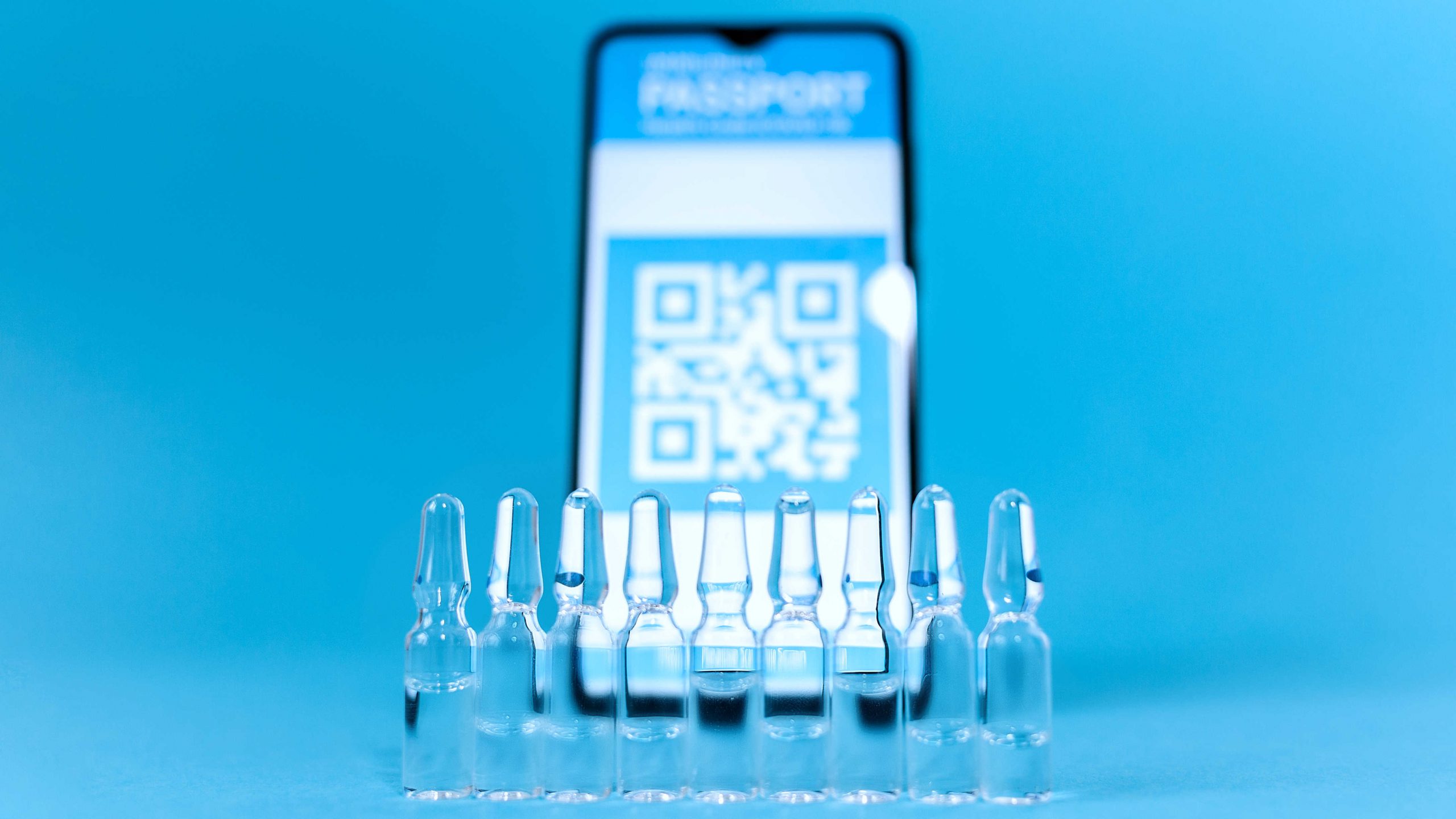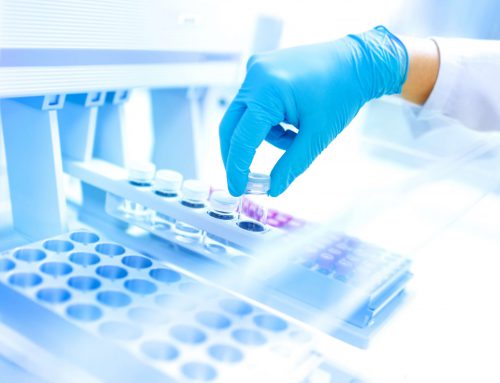One of the most important news introduced by the MDR 2017/745 regards the medical devices Unique Device Identification. Here it is what UDI is.
Medical Device Regulation 2017/745 that will be applicable on 26th May 2021, introduces the UDI concept, the Unique Device Identification that regards all medical devices except the custom made and the performance study/investigational devices.
The UDI is an alphanumeric code that identifies a defined device. This code must be both in HRI (Human Readable Information) format, which is a simple text version, and in AIDC (Automatic Identification and Data Collection) format for the electronic transmission.
UDI system: the 4 phases
The system is developed in 4 phases:
- Production. The code is composed by 2 sections:
- UDI-DI, the device identifier. It is the numeric or alphanumeric code that identifies the manufacturer and the device. It is the static part, that does not change for the same product type. It is moreover used as “access key” to the information stored in a UDI database.
- UDI-PI, the production identifier. It is the numeric or alphanumeric code that identifies the unit production of the device and packaged devices. The different kinds of production identifiers include the serial number, the lot/batch number, the identifier and/or the production and/or the expiration date of the software. It is the dynamic part that is assigned to every single piece.
- Affixing on the device label and on every external packaging levels and on UE conformity declaration.
- Registration by economic operators, health institutions and health professionals;
- Putting in place of the database, electronic system, for the unique device identification.
Basic UDI-DI
The manufacturers, in addition to the UDI, must assign the Basic UDI-DI to their medical devices, a static identifier number referred to a product family (not to a specific model): it identifies and links the medical devices that have the same intended use, class risk, design and manufacturing characteristics. It is independent, separated from the packaging or from the labelling of the device and it doesn’t appear on any commercial object, but it is the main key used by EUDAMED and its relative documentation (e.g. certificates, conformity declaration, technical documentation and safety summary and clinical performance) and it will be also the access key for the medical devices information inserted into the database.
UDI-DI changes
If variations are made to one of the elements listed below, it will be necessary to create a new UDI-DI, as they could lead to incorrect identification of the device or ambiguity in its traceability:
- name or trade name
- device version or model
- label of the single-use device
- sterile packaging
- sterilization need before the use
- quantity of devices furnished in a pack
- important warnings or contraindications, such as an indication that the device contains latex or DEHP
In case of modifies that does not require a new UDI-DI, the manufacturers must update the information in EUDAMED in 30 days.
UDI liability
Manufacturers are responsible for the Unique Device Identifier assignment and placement, initial submission and updates of identifying information and other device data elements in the EUDAMED database.
Distributors and importers verify that, where applicable, the Identifier has been assigned by the manufacturer.
All economic operators and healthcare institutions must keep, preferably electronically, the UDI of the class III implantable devices they have supplied or which they have been provided with.
UDI issuing bodies
Unique Device Identifier can be issued by the following bodies designated by the Commission:
- GS1 AISBL
- Health Industry Business Communications Council – HIBCC
- International Council for Commonality in Blood Banking Automation – ICCBBA
- Informationsstelle für Arzneispezialitäten IFA
UDI regulatory deadlines
UDI assignment will be mandatory starting from the date of application of the two new regulations: May 26, 2021 for medical devices and May 26, 2022 for in vitro medical devices.
The obligation to submit the data in EUDAMED will applicable 24 months after its availability.
The obligation to apply the Unique Device Identifier on the label will start on:
- May 26, 2021 for implantable or class III devices
- May 26, 2023 for class IIa and IIb devices
- May 26, 2025 for class I devices
Whereas for the direct marking to be applied on the reusable device the obligation will start on:
- May 26, 2023 for implantable or class III devices
- May 26, 2025 for class IIa and IIb devices
- May 26, 2027 for class I devices
The obligation to apply the Unique Device Identifier on the label of in vitro medical devices will start on:
- May 26, 2023 for class D IVDs
- May 26, 2025 for class C and B IVDs
- May 26, 2027 for class A IVDs







